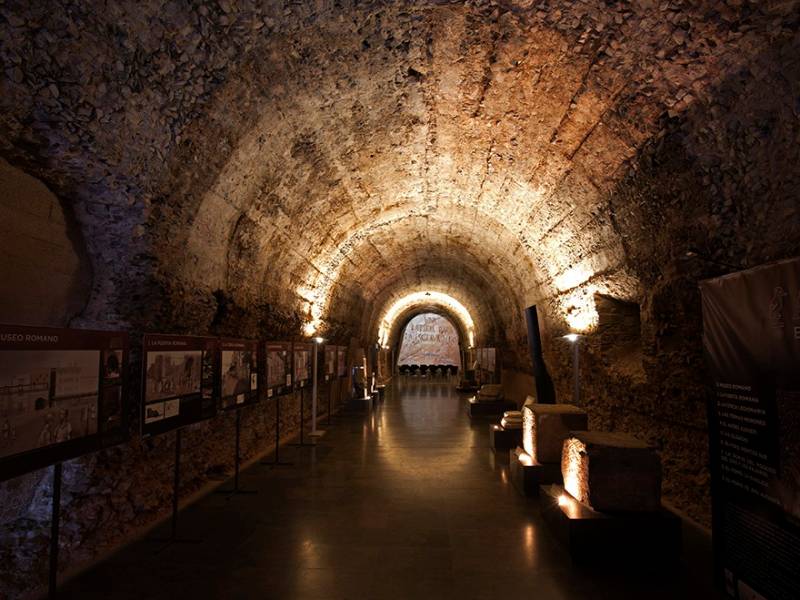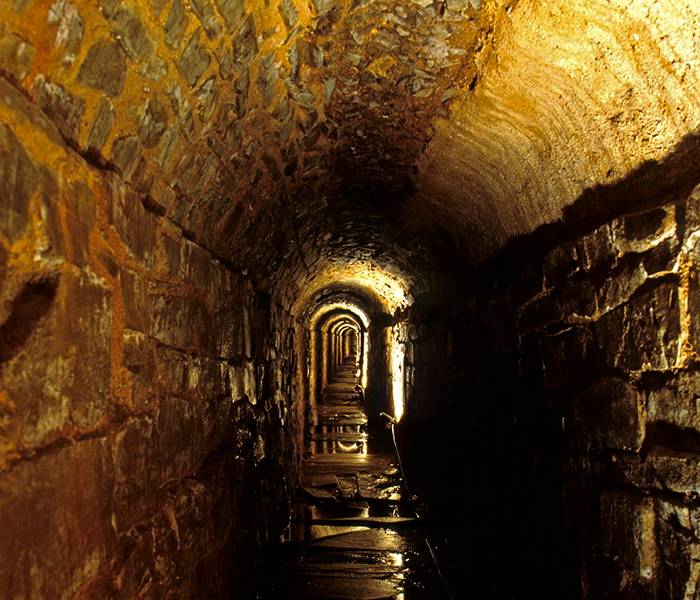Astorga Roman Route
- Position
- Astorga
- Type of route
- One day
- Web
- To know more
This itinerary immerses the visitor in Roman times, actively connecting with the past from the visit to the remains, feeling the sensations offered by contact with "the ruins". It is a circular route, it leaves and is collected in the Roman Museum of Astorga, where the visit is managed, for which prior reservation must be made since capacity is limited.
A chronological order is followed, since in the first point of the route the remains of the oldest settlement, the camp of the Tenth Gemina Legion are presented.
Then we immerse ourselves in the environment of a thermal building, in which we will have the opportunity to go through all the rooms of these establishments dedicated to leisure and business.
Next, we visited the Curia, the place where the Decuriones met to decide on the fate of the city.
What to see?
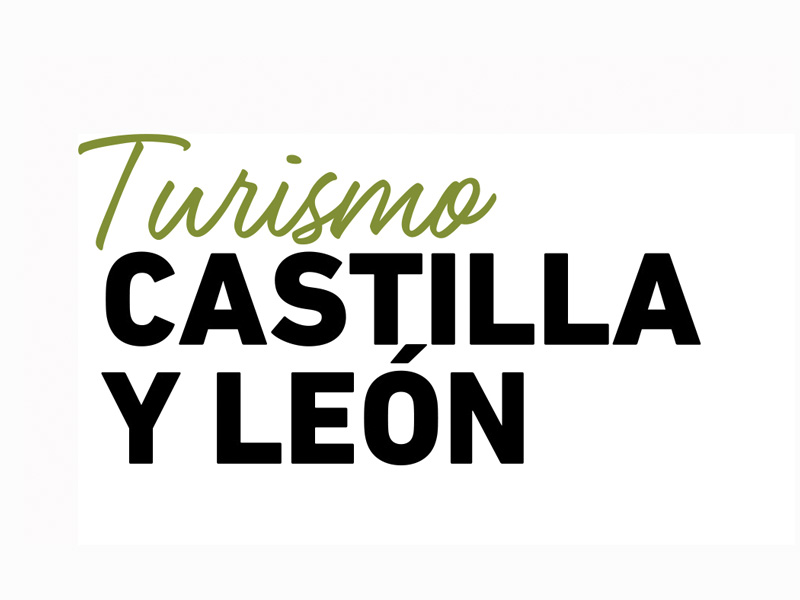 The CuriaMore information
The CuriaMore informationRectangular room whose head ends in an apse. It is located occupying a central position in the portico that closes the forum from the west and, although it has traditionally been interpreted as a place...
 The Legionary FenceMore information
The Legionary FenceMore informationThe city of Astorga owes its origin to a Roman foundation from the time of the Emperor Augustus, which took place immediately after the end of the Cantabrian Wars, around the years 15-10 B.C. This foundation...
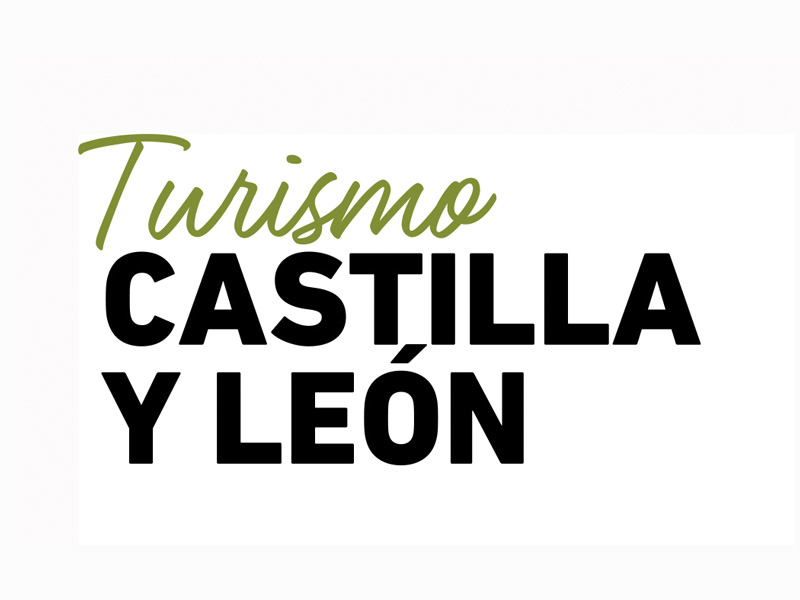 Aedes AugustiMore information
Aedes AugustiMore informationTemple intended for the imperial cult and dedicated to the memory of Emperor Augustus. It is a Roman concrete building with marble floor and double colored geometric motifs, located on a hill in the old...
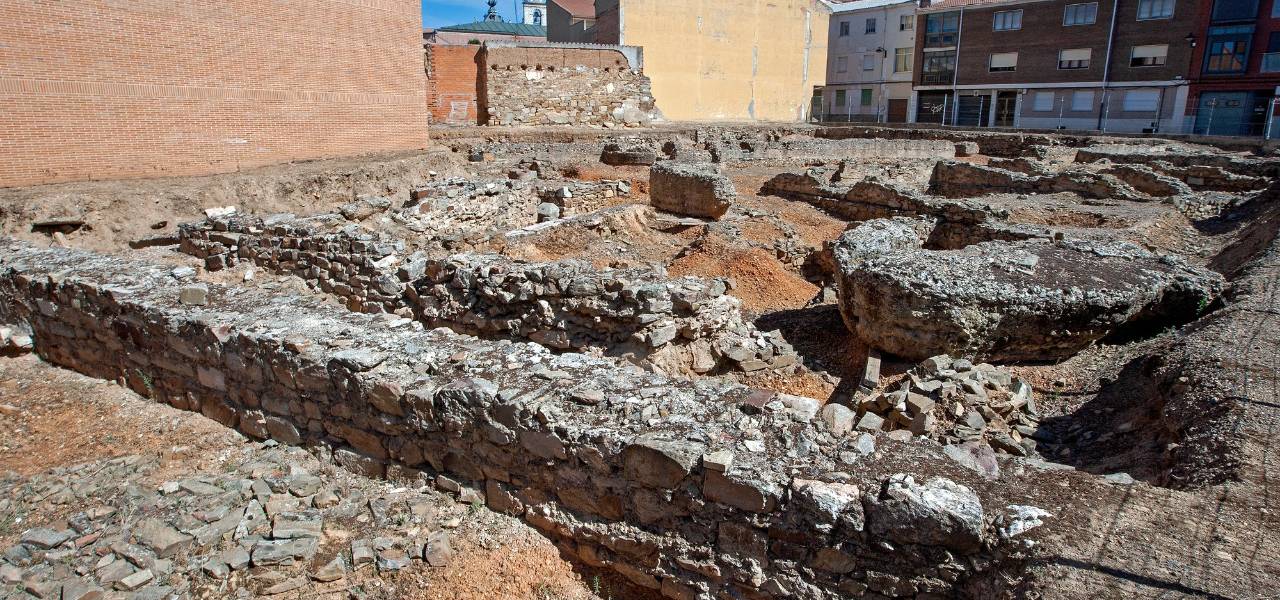 The Forum (South Portico)More information
The Forum (South Portico)More informationThe Astúrica forum is located in the highest area of the city and is made up of a double colonnaded portico that surrounds it on its north, south and west sides. On the eastern flank stands the basilica,...
 The Pit CampMore information
The Pit CampMore informationOn the hill of the current town of Astorga has been located the so-called 'trench of the camp', a vestige of the defensive system of a Roman military camp founded in the Cantabrian Wars (29-19 BC) and...
 Minor Hot SpringsMore information
Minor Hot SpringsMore informationPublic building intended for the bathroom, where users followed a pre-established itinerary through a series of rooms with different temperatures: frigidarium (cold bath), tepidarium (warm room) and caldarium...
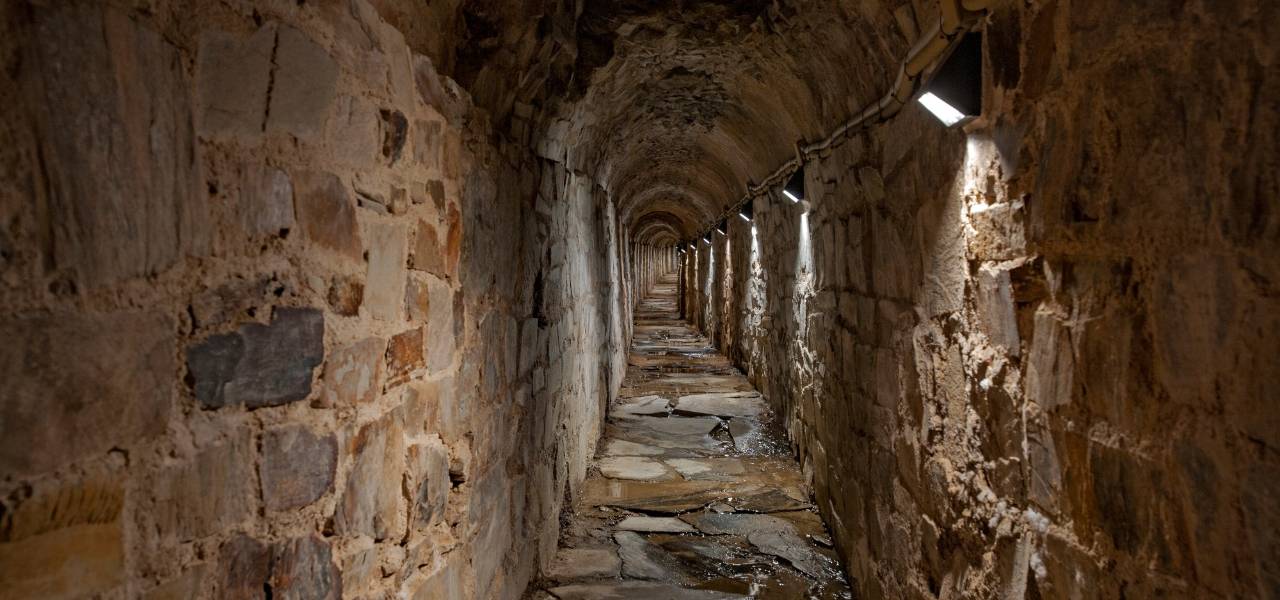 Roman sewersMore information
Roman sewersMore informationThe sanitation network of the old Astúrica is well known and presents a good state of conservation, in fact, some of its branches are still in use. The Roman Route includes the walk inside a sewer, belonging...
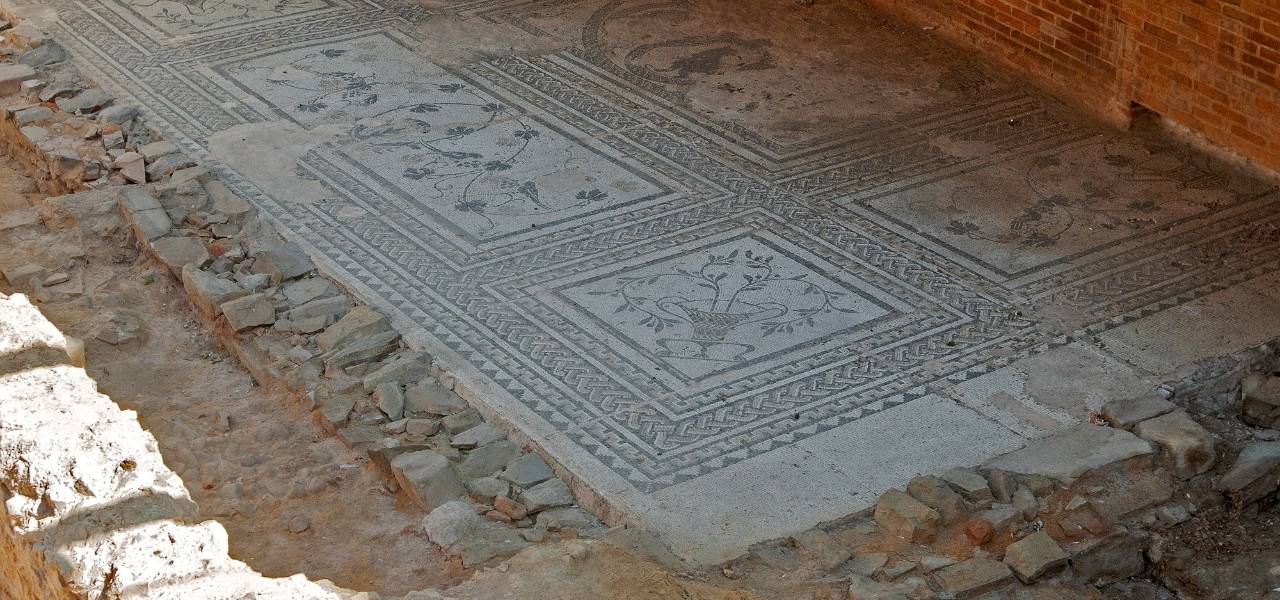 The Domus of the Bear and Birds MosaicMore information
The Domus of the Bear and Birds MosaicMore informationIn the vicinity of the forum and in one of the sunniest areas of the city, the remains of a house that must have belonged to a family of a certain economic level are preserved, as seems to indicate the...
 Wall. The Roman GateMore information
Wall. The Roman GateMore informationThe Astorga Wall was built in the early 4th century AD. for eminently defensive purposes. It has more than 2 km. in length and is built with masonry linked with mortar, which supports a core of Opus Caementicium...

